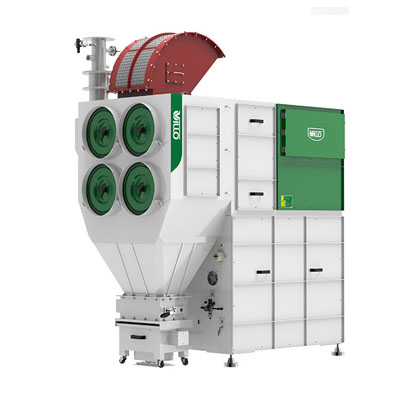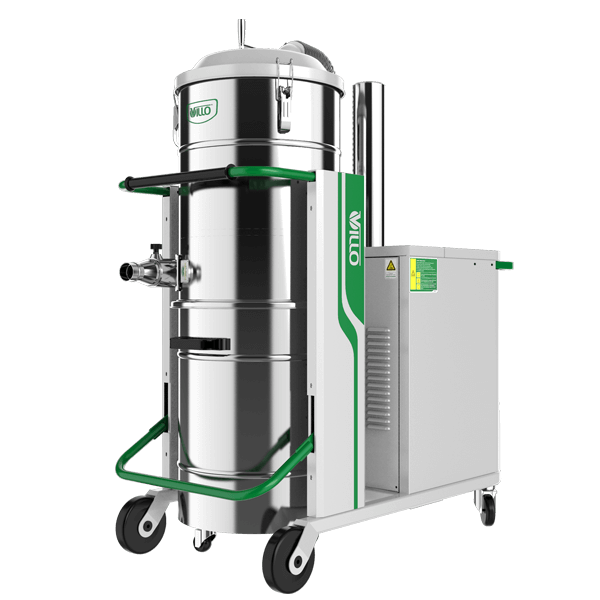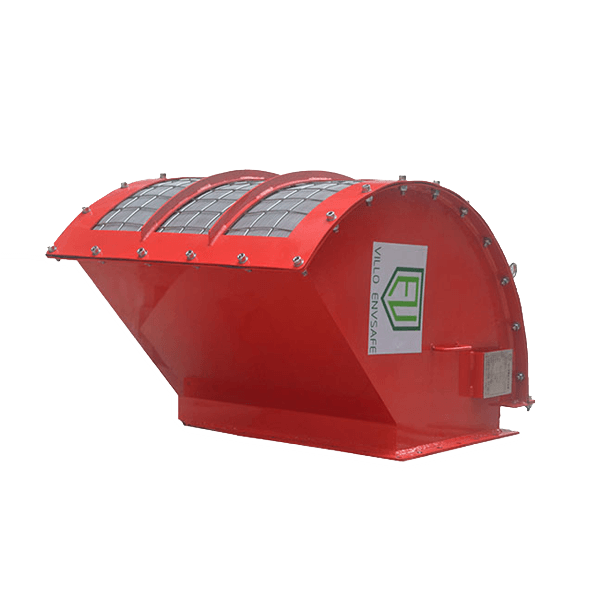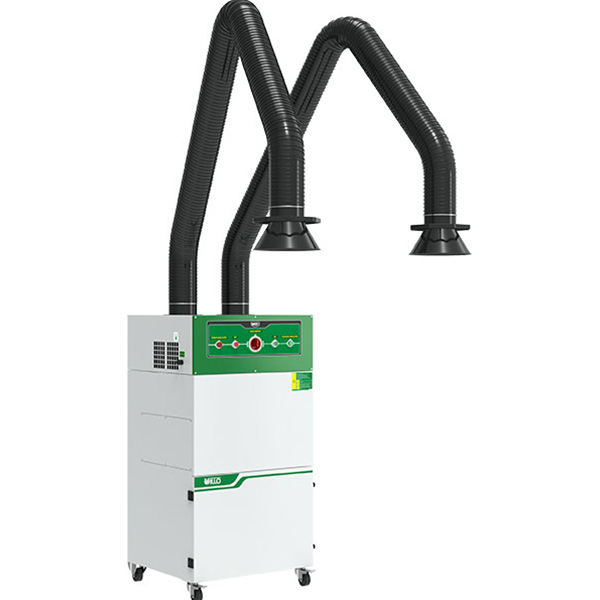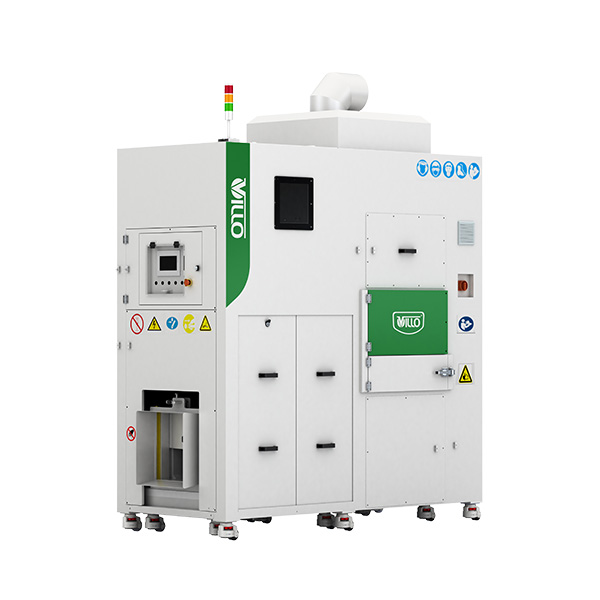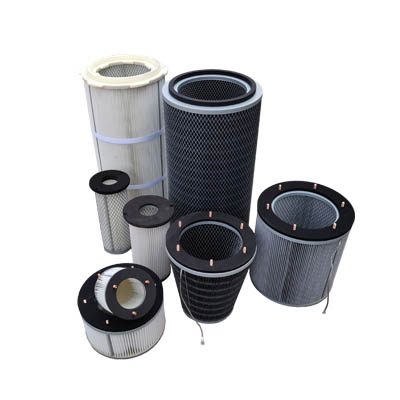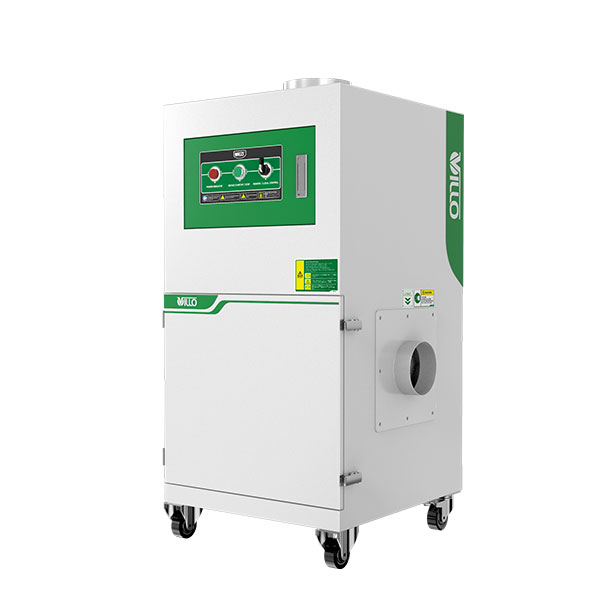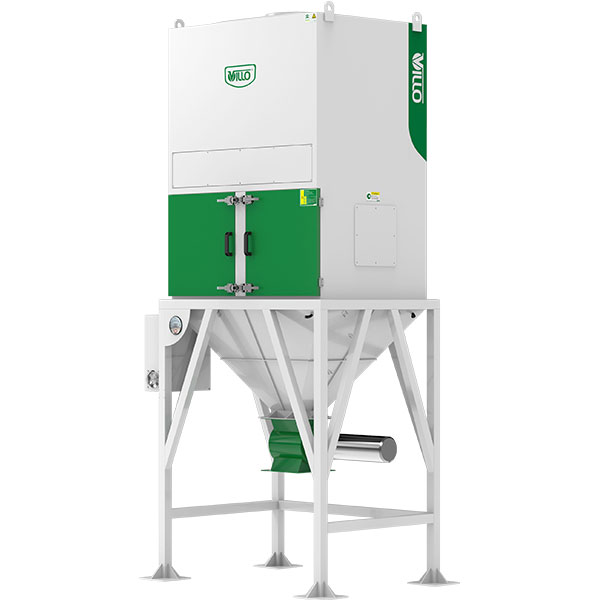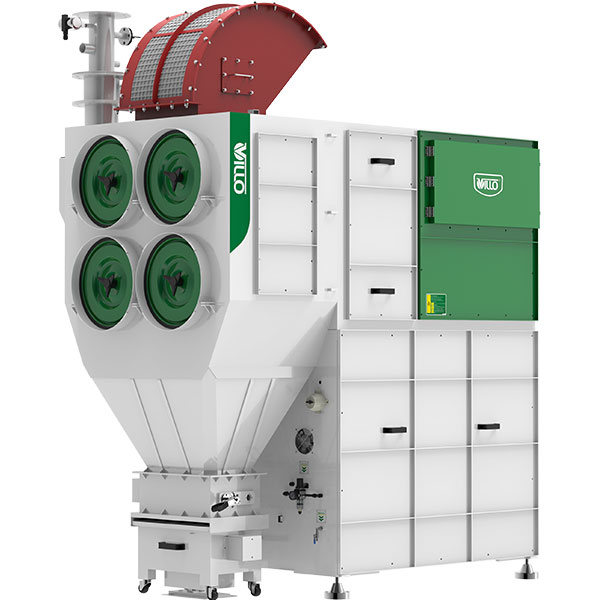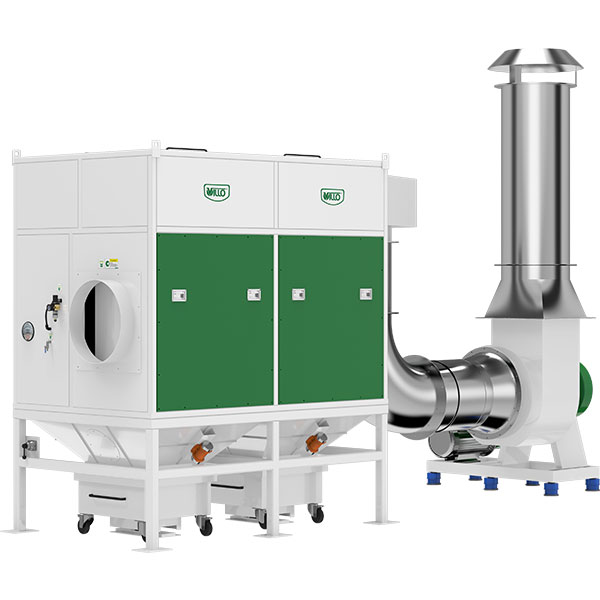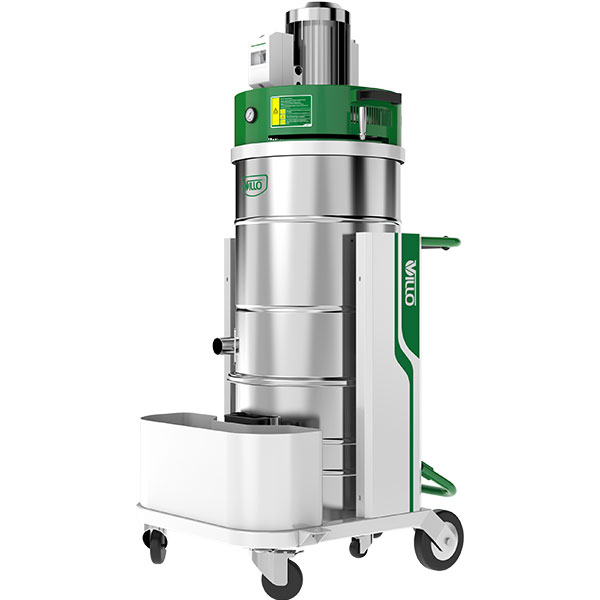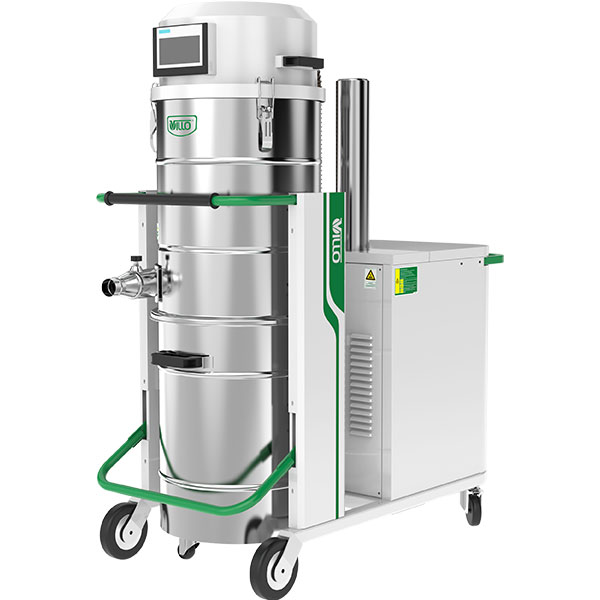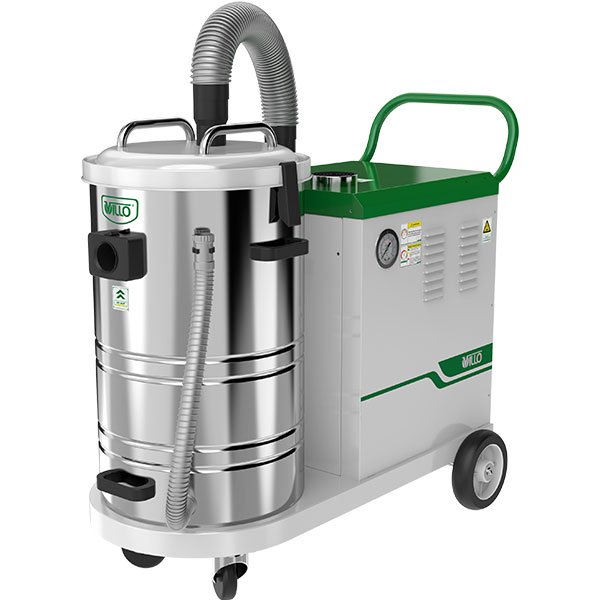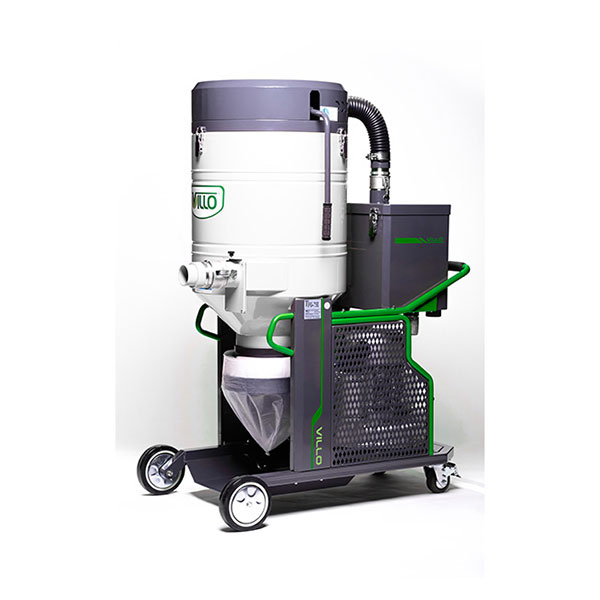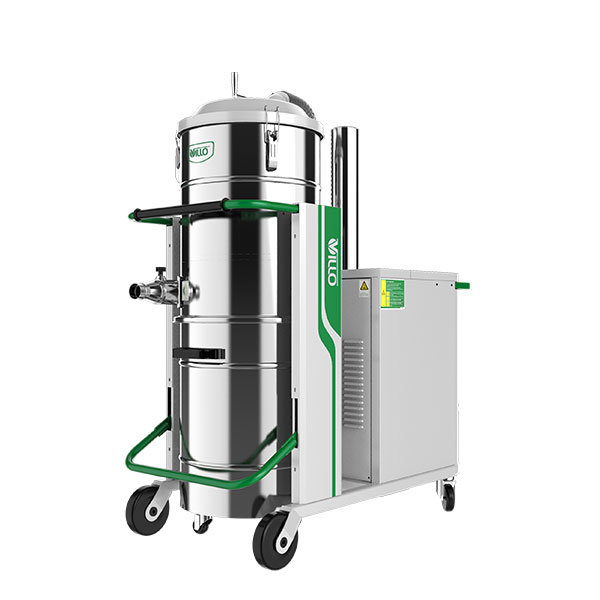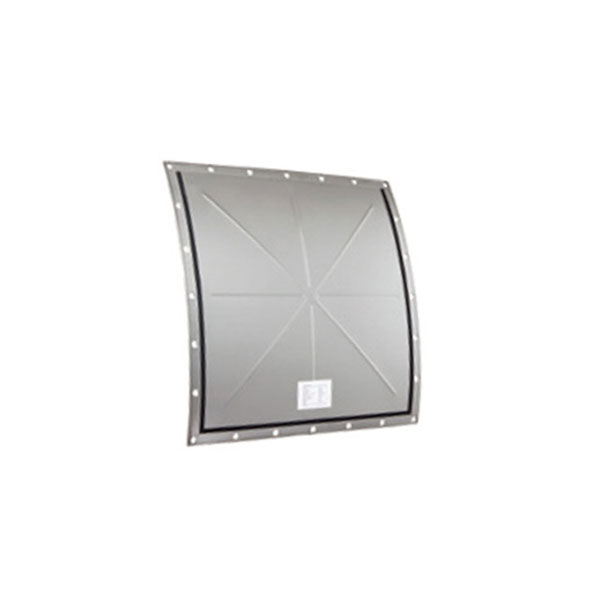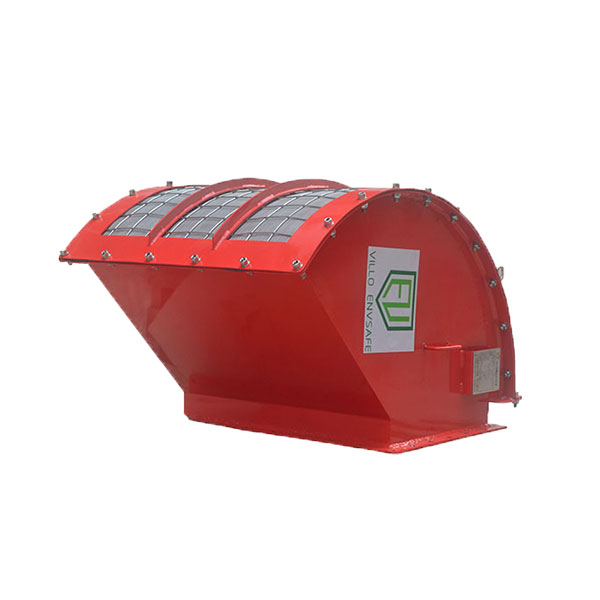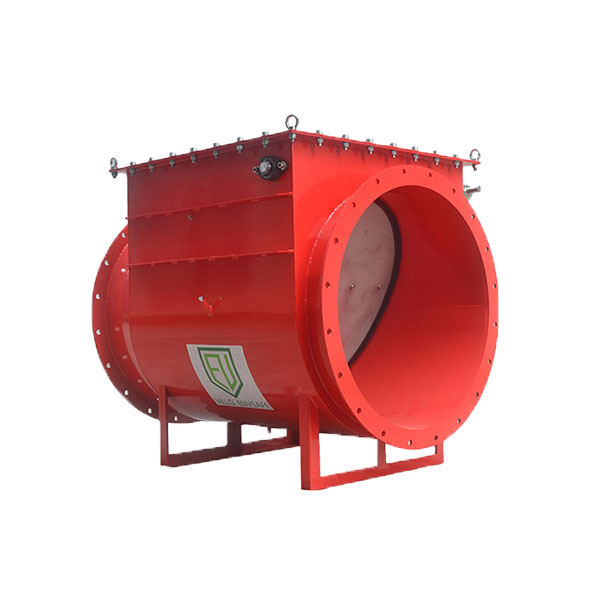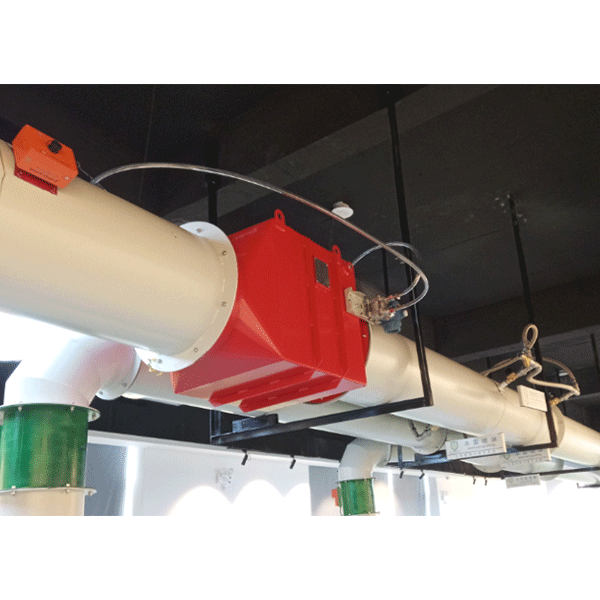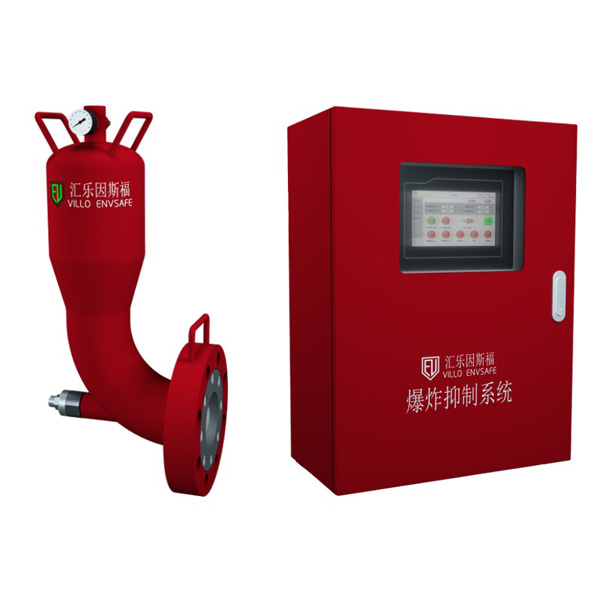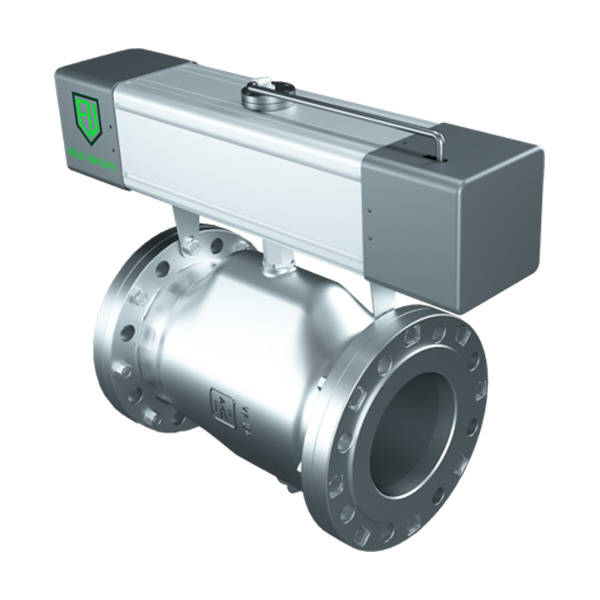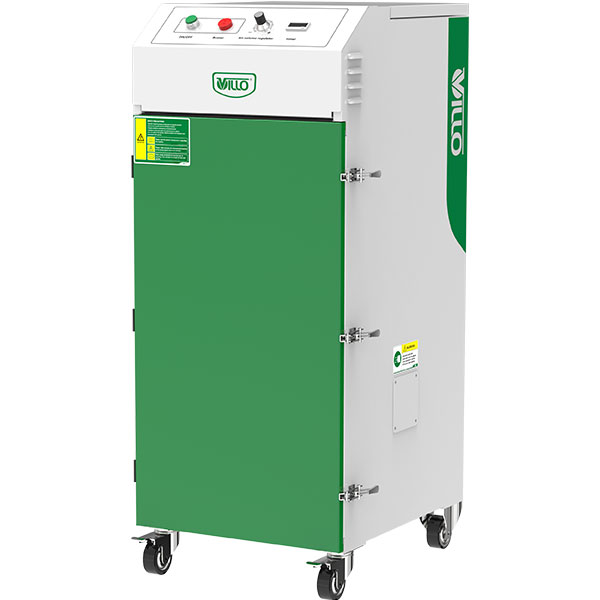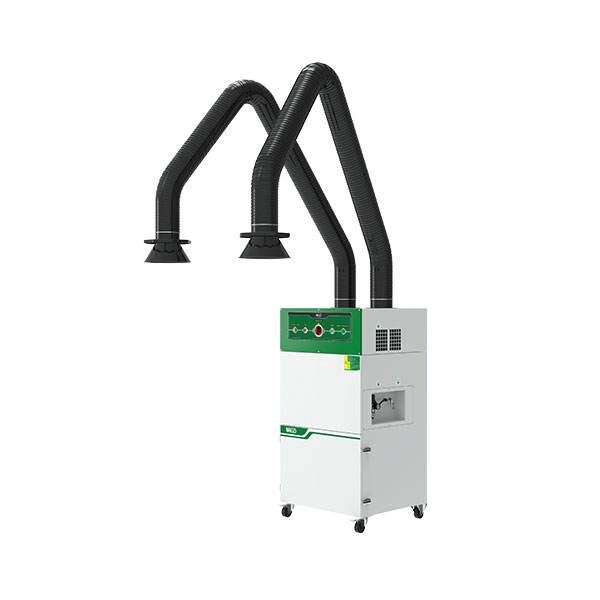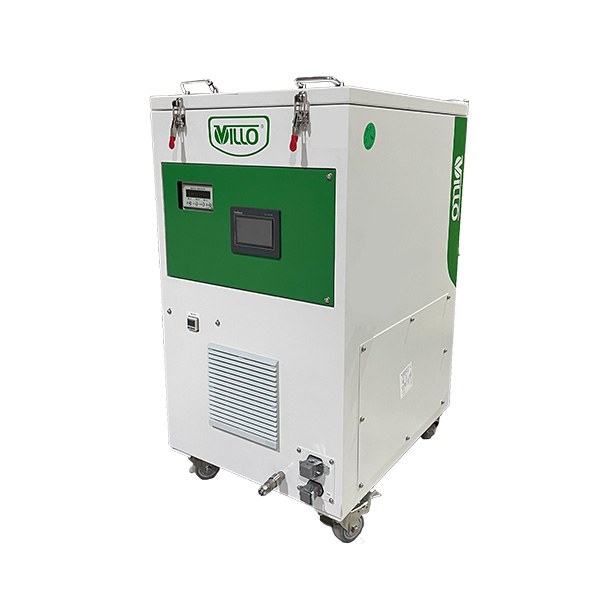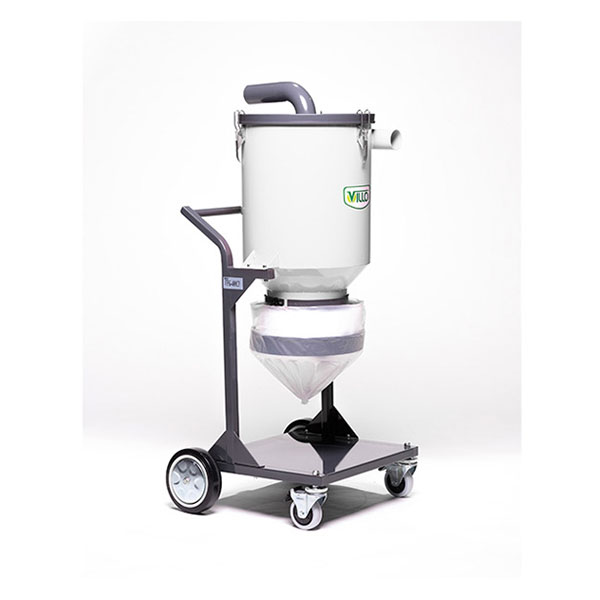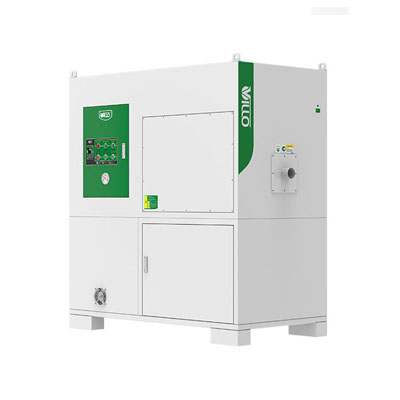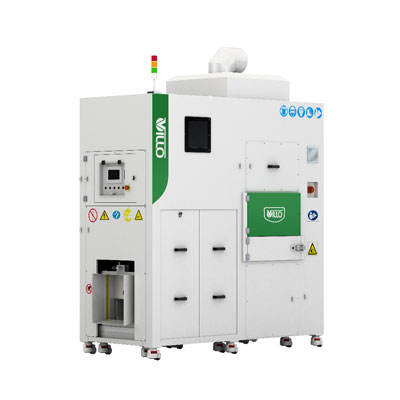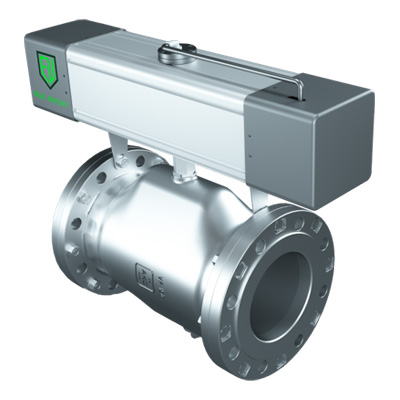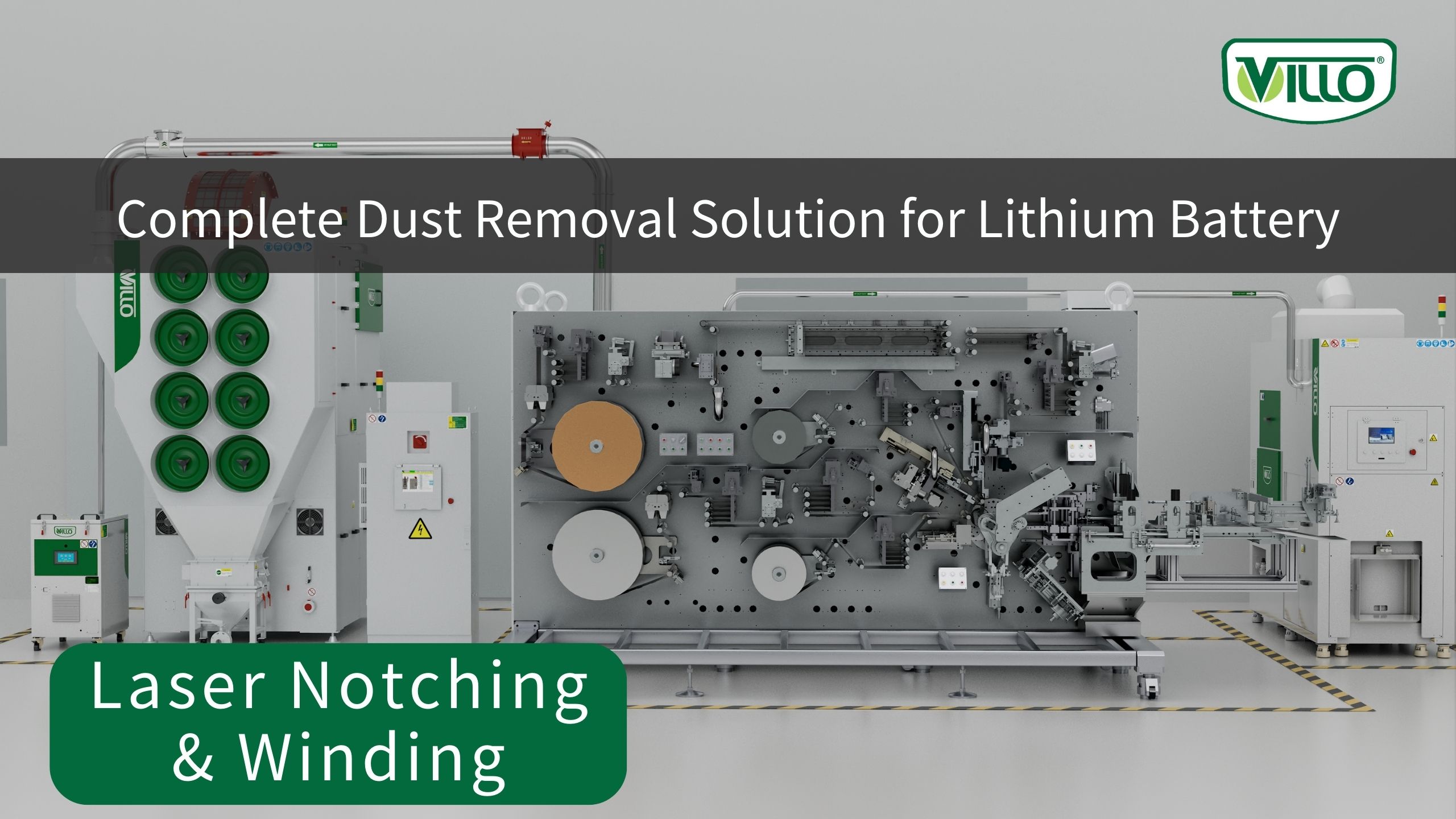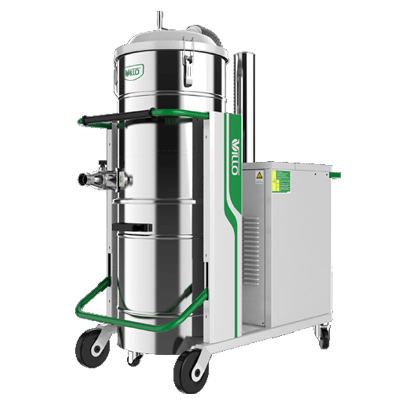Enter the realm of cleaning efficiency with wet-dry vacuum cleaners, the unsung heroes of versatile cleanup. Also known as shop vacs or utility vacuums, these powerhouses go beyond traditional cleaning boundaries. This article embarks on a journey to unravel the intricacies of their design, operational prowess, and the myriad applications that make them indispensable in workshops, garages, construction sites, and homes. Explore how wet-dry vacuums redefine the art of cleanup, seamlessly tackling both wet spills and dry debris with unmatched versatility.
What Is a Wet Dry Vacuum Cleaner
A wet-dry vacuum cleaner, also known as a shop vac or utility vacuum, is a versatile cleaning appliance designed to handle both wet and dry messes. Unlike traditional vacuum cleaners, wet-dry vacuums are equipped to suction liquid spills, making them suitable for a range of tasks. They often feature a durable construction, a robust motor, and a specialized collection tank that can accommodate liquids without damaging the vacuum's components. Commonly used in workshops, garages, and homes, wet-dry vacuums excel at cleaning up various types of debris, from sawdust and dirt to water spills and liquid messes.
How Does Wet and Dry Vacuum Cleaner Work
A wet-dry vacuum cleaner operates using a combination of suction, filtration, and a specialized design to effectively handle both wet and dry materials. Here's how it works:
Suction Mechanism
Like traditional vacuum cleaners, a wet-dry vacuum utilizes a powerful motor to generate suction. This suction is created through the vacuum's intake, drawing in air and any debris in its path.
Collection Tank
The vacuum features a collection tank or drum that serves as a container for the debris, whether it's dry particles, liquid spills, or a combination of both. This tank is designed to be durable and resistant to damage from moisture.
Filtration System
Wet-dry vacuums, like Villo's ATEX certified wet-dry vacuum, have a filtration system to separate the debris from the air. This system typically includes filters that capture particles and prevent them from being released back into the environment.
Specialized Design
The design of wet-dry vacuums includes features that make them suitable for handling liquids. Seals and gaskets are incorporated to prevent water or other liquids from reaching the motor and other sensitive components.
Switching Between Wet and Dry Modes
Wet-dry vacuums often have a switch or mechanism to toggle between wet and dry modes. In dry mode, the vacuum operates like a traditional vacuum cleaner, focusing on suctioning up dry debris. In wet mode, it is equipped to handle liquid spills.
Water Pump (Optional)
Some advanced heavy duty vacuum cleaner wet and dry may come with a water pump feature. This allows them to pump out liquids, providing added versatility for tasks such as draining flooded areas.
Emptying the Collection Tank
After use, the collected debris, whether wet or dry, can be emptied from the collection tank. For wet debris, it's essential to empty the tank promptly to prevent the growth of mold or unpleasant odors.
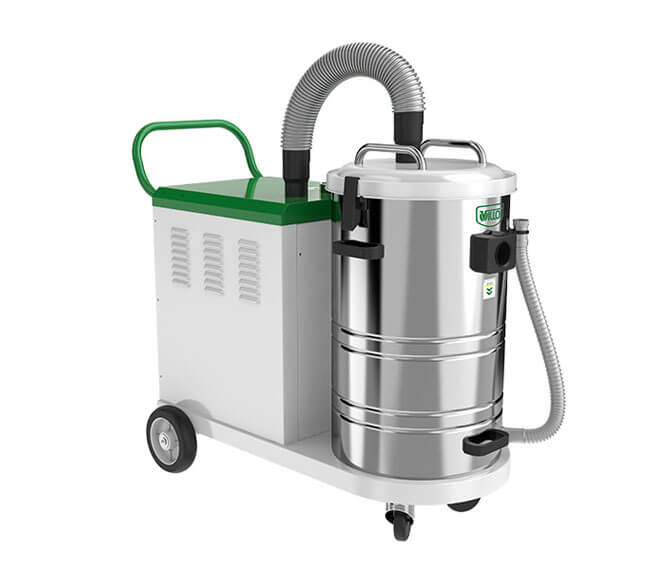
What Is a Wet-Dry Vac Used For
The wet-dry vacuum cleaner finds applications in diverse settings, excelling in tasks such as liquid spill cleanup, dust and debris removal, construction site maintenance, and more. Its adaptability makes it an indispensable asset for workshops, garages, construction sites, and households, providing efficient and thorough cleaning solutions. Let's delve into the specifics of its multifaceted uses.
Liquid Spills
Water Cleanup: Quickly and efficiently removes water spills from various surfaces, whether it's a spilled drink, water leakage, or flooding. The vacuum's design prevents water from reaching sensitive components.
Dust and Debris
Dust Collection: Handles dry debris such as fine dust, dirt, sawdust, and small particles resulting from woodworking or other activities. The vacuum's suction power ensures thorough cleaning.
Construction Sites
Debris Removal: Ideal for cleaning up construction sites by efficiently removing construction debris, including sawdust, drywall dust, and small pieces of materials. The rugged design withstands the demands of a construction environment.
Workshops and Garages
Versatile Cleaning: Perfect for workshops and garages where a combination of wet and dry messes is common. Cleans workbenches, tools, and floors effectively, handling everything from spilled liquids to woodworking debris.
Sawdust and Woodworking
Woodworking Cleanup: Particularly effective in woodworking settings for capturing sawdust and wood shavings produced by saws, sanders, or other woodworking tools. Ensures a cleaner and safer woodworking environment.
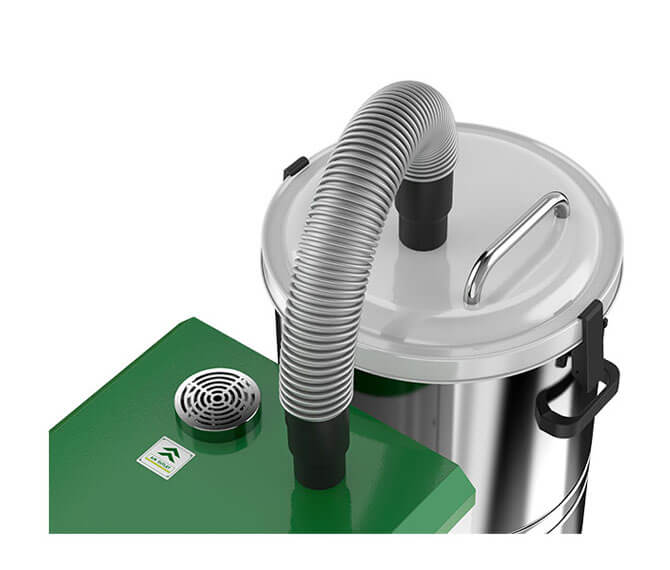
Conclusion
In conclusion, wet-dry vacuum cleaners prove themselves as indispensable tools in the realm of efficient and versatile cleaning. Their ability to handle diverse messes, from liquid spills to construction debris, positions them as essential assets in various environments. As we unravel the intricacies of their design and applications, it becomes evident that wet-dry vacuums are not just cleaning tools; they are masters of cleanup, simplifying tasks and ensuring cleanliness across a spectrum of scenarios.

 EN
EN
 ja
ja  ko
ko  fr
fr  de
de  ru
ru 